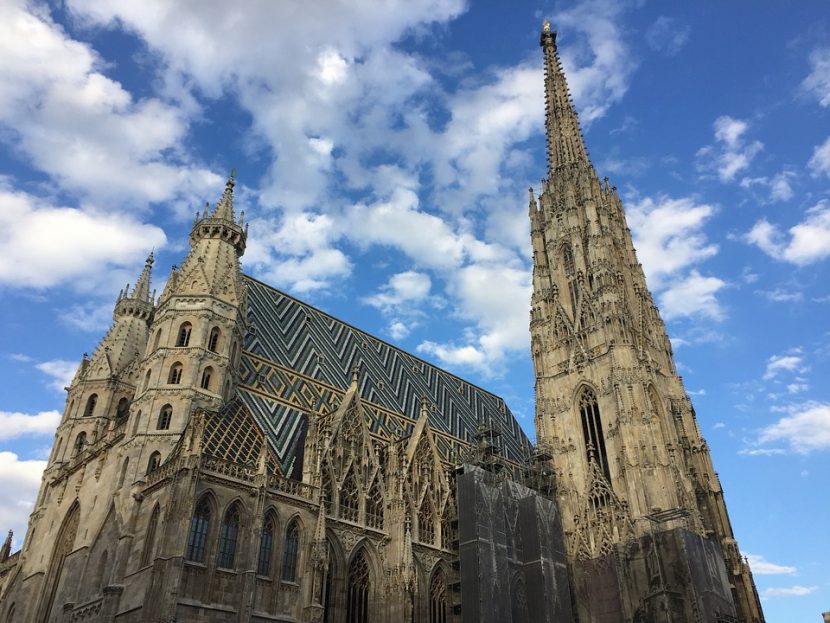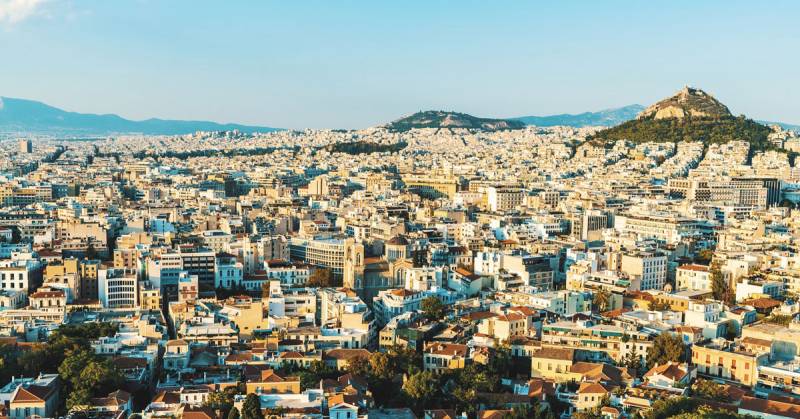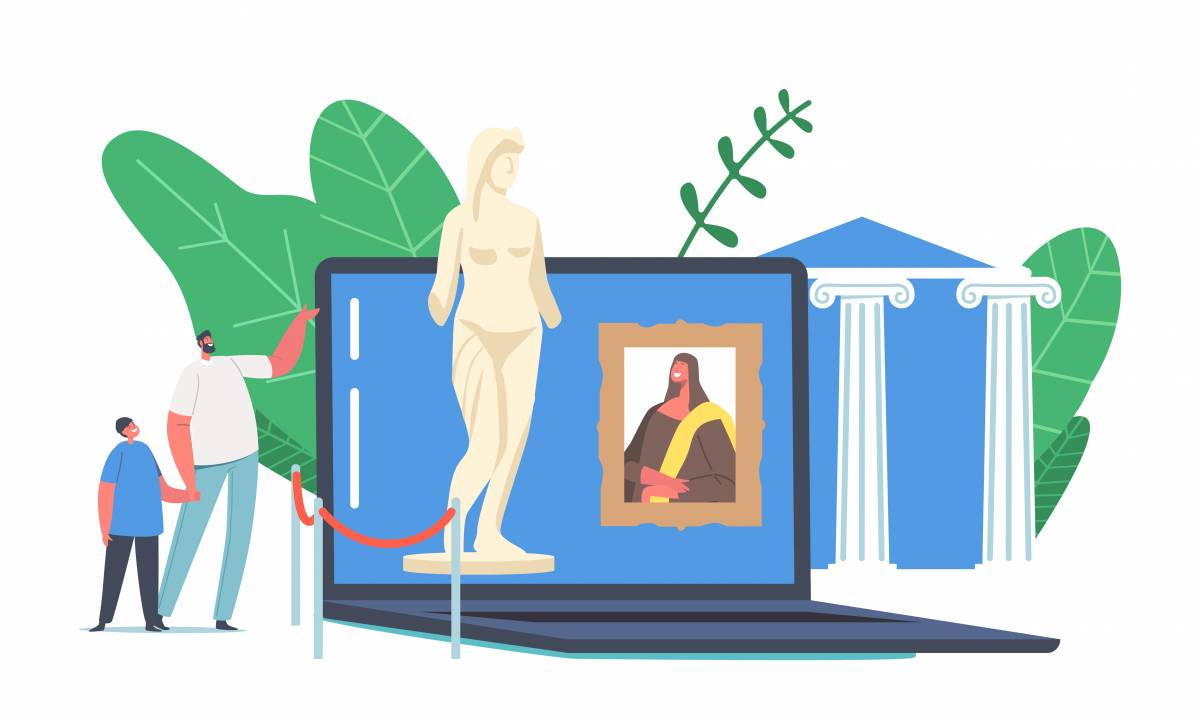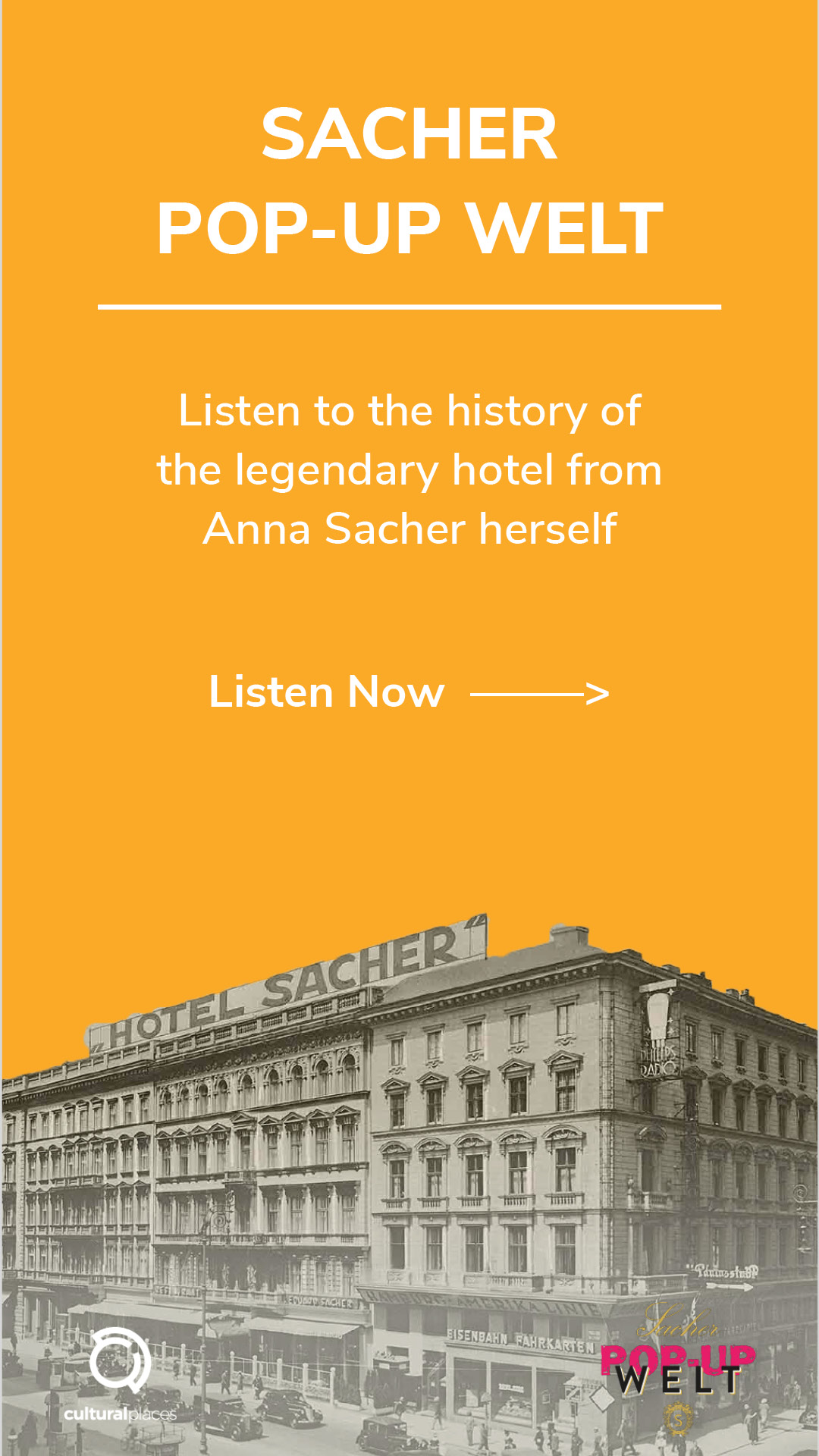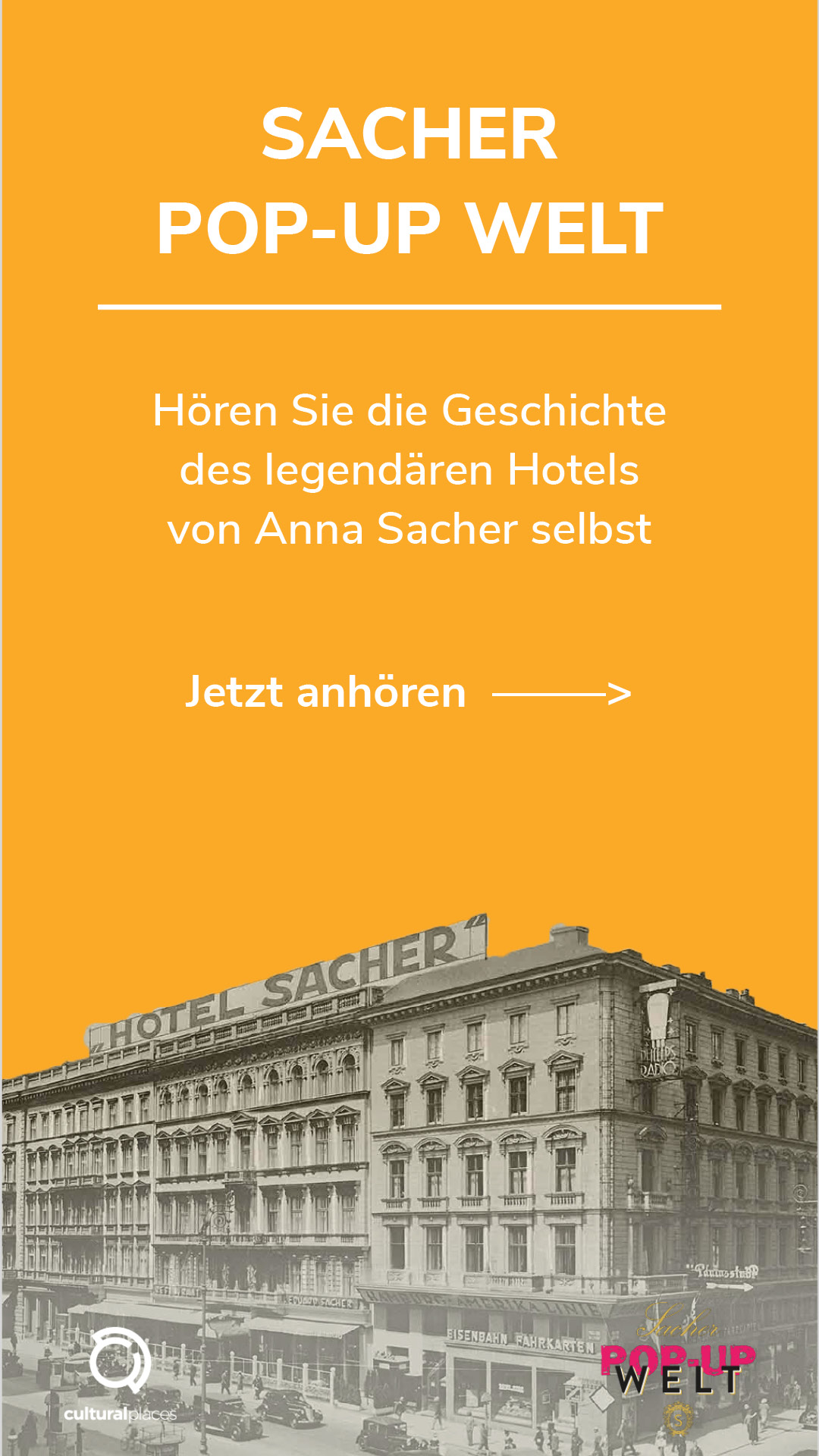Is Blockchain the Future of Art?
We have already talked a lot about NFTs and NFT artists in detail here (check out last week’s post about women in NFTs and some great art projects they did), so today we’ll take a more general stance and delve a little bit into the topic if blockchain is the future of art.
Blockchain Can Make the Marketplace Safer
One of the art market’s greatest challenges is to verify an artwork’s authenticity and provenance when the artist is no longer alive. In a recent report from The Fine Arts Expert Institute (FAEI) in Geneva, it was stated that over 50% of the artworks it examined were either forged or not attributed to the correct artist. Blockchain could come in and change this. As a public, decentralized list of records that are linked and secured using cryptography, blockchain’s key feature is its fragmented nature. Hosted by millions of computers simultaneously, no centralized version of the information exists for a hacker to access or corrupt. This makes blockchain the most secure way to transfer up-to-date digital data.
The Applications of Blockchain in the Art Industry
There are several benefits of blockchain for the art industry we’ll take a look at. Still in its infancy, the status of blockchain in the art world can be compared to the status of the internet in 1993 – there are definitely numerous chances to be explored.
In general, blockchain enhances people’s accessibility to art, whereby artworks can be digitized and traded on blockchain. They are visible and purchasable directly from their owner, by anyone, from any location.
Art for Everybody
On the contrary to some beliefs, blockchain has made art even more affordable to many individuals. Most people fail to realize that they may be purchasing items at highly inflated prices because a third party is involved, for instance, an auction house. Almost anyone can afford to buy an artwork through blockchain, because some go for as low as $10. Additionally, people can be sure they buy original work from an artist – and who knows if the latest NFTs you just acquired might be worth a fortune next year?
Another benefit of blockchain technology is the invention of online galleries, which are ideal for people who can’t make it to the physical location. Through this innovation, people can also create data access objects (a pattern that provides an abstract interface to some type of database or other persistence mechanism), which eases art transactions.
Last but not least, blockchain can also enable people to learn about art history. Since no one can alter the blockchain’s ledger, it is impossible to copy art providence fraudulently after publishing an original, and its origin can also be traced back to its creator.
In short, the relationship between art and blockchain is everchanging and developing, and therefore provides a lot of potential and possibilities.
To read more about NFTs, digital art, decentralized systems, Web3 and the like, browse our blog articles on the topics of crypto and culture.


